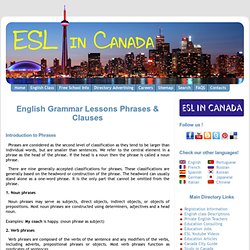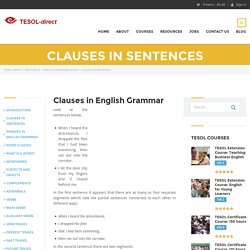

The Prepositional Phrase. Printer Fabulous!

Recognize a prepositional phrase when you see one. At the minimum, a prepositional phrase will begin with a preposition and end with a noun, pronoun, gerund, or clause, the "object" of the preposition. The object of the preposition will often have one or more modifiers to describe it. These are the patterns for a prepositional phrase: Preposition + Noun, Pronoun, Gerund, or Clause Preposition + Modifier(s) + Noun, Pronoun, Gerund, or Clause Here are some examples of the most basic prepositional phrase: At home At = preposition; home = noun.
Most prepositional phrases are longer, like these: From my grandmother From = preposition; my = modifier; grandmother = noun. Understand what prepositional phrases do in a sentence. A prepositional phrase will function as an adjective or adverb. The book on the bathroom floor is swollen from shower steam. As an adverb, a prepositional phrase will answer questions such as How? Freddy is stiff from yesterday's long football practice. Introduction to English Phrases and Clauses. Introduction to Phrases Phrases are considered as the second level of classification as they tend to be larger than individual words, but are smaller than sentences.

We refer to the central element in a phrase as the head of the phrase. If the head is a noun then the phrase is called a noun phrase. There are nine generally accepted classifications for phrases. These classifications are generally based on the headword or construction of the phrase. 1. Noun phrases may serve as subjects, direct objects, indirect objects, or objects of prepositions. Examples: My coach is happy. 2. Verb phrases are composed of the verbs of the sentence and any modifiers of the verbs, including adverbs, prepositional phrases or objects. Example: Henry made my coach very proud. 3. Adjectival phrases are composed of the adjectives that modify a noun and any adverbs or other elements that modify those adjectives. Example: Dad bought [(a blue and green) sweater] The Structure of a Sentence.
Remember that every clause is, in a sense, a miniature sentence.

A simple sentences contains only a single clause, while a compound sentence, a complex sentence, or a compound-complex sentence contains at least two clauses. The Simple Sentence The most basic type of sentence is the simple sentence, which contains only one clause. A simple sentence can be as short as one word: Run! Usually, however, the sentence has a subject as well as a predicate and both the subject and the predicate may have modifiers. Melt! Ice melts. The ice melts quickly. The ice on the river melts quickly under the warm March sun. Lying exposed without its blanket of snow, the ice on the river melts quickly under the warm March sun. As you can see, a simple sentence can be quite long -- it is a mistake to think that you can tell a simple sentence from a compound sentence or a complex sentence simply by its length. The Compound Sentence Simple Canada is a rich country. Still, it has many poor people. Compound compound-complex. English grammar - clauses in sentences. - Waylink English.
Look at the sentences below.

When I heard the disturbance, I dropped the files that I had been examining, then ran out into the corridor.I let the door slip from my fingers and it closed behind me. In the first sentence it appears that there are as many as four separate segments which look like partial sentences connected to each other in different ways: When I heard the disturbance,I dropped the filesthat I had been examining,then ran out into the corridor.
In the second sentence there are two segments: I let the door slip from my fingersand it closed behind me. We can call these segments clauses. She has already read this book.The policeman asked me for some identification.The postman didn’t arrive.No one knew the way.Why did he do it? As you can see, it is not possible to divide any of these up into smaller segments that look like sentences. Main clauses Look at the three multiple sentences below: